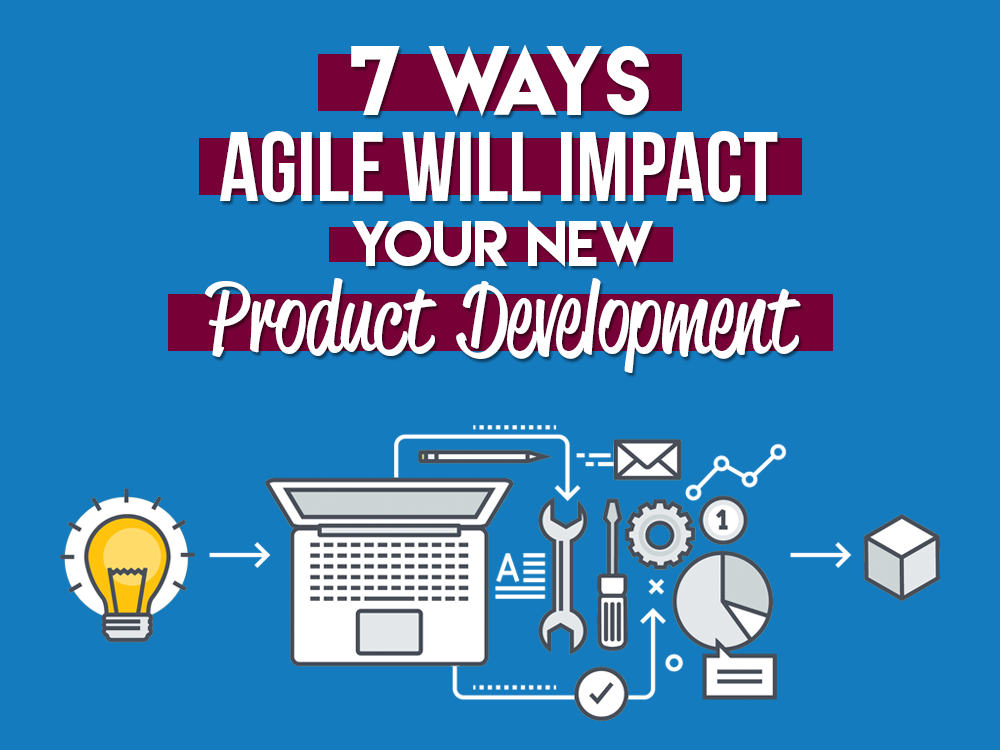Goodbye, old mechanical engineering product development.
Agile development has been present in the software production arena for a number of years, reimagining the conventional flow of new product development with methodologies based around frequent deliverables, strict timelines and cross-functional teams. The agile philosophy can be applied to virtually every aspect of production as it establishes iterative feedback loops while it welcomes change.
Agile is not limited to software production. It fits into engineering new product development as well. Agile is able to break down different processes and methodologies, keeping the free-flowing nature of a technique at its core. The primary methodology used in engineering development is Scrum. New product development remains in a constant cycle with Scrum, allowing teams to operate in parallel in the design-make-use cycle, which operates in iterative feedback loops. This enables the flow to constantly progress while allowing for problem mitigation and design changes throughout the process, unlike mechanical engineering product development processes that present workflow flaws.
Top Ways Agile Changes Product Development
Agile development requires discipline. It is about outcomes and value more than it is about the process itself or hitting certain marks. To proceed at an agile speed requires a large amount of discipline in processes, people and engineering practices as well as mindset. Agile development will push your company to greater outcomes.
Agile makes it easier to inspect and adapt. You build your product, test it and get feedback. You are able to learn more quickly than everyone else and adjust where needed with agile. Your organization will become much stronger and faster by sticking with it.
Always quality. Quality is not something you occasionally achieve or depend on a group to ensure after you make it through a certain area of the production process. With agile, quality is built into every step. Agile is the only way to achieve quality as something more than just an afterthought, thanks to the intense discipline that is required.
Increase value by leaps and bounds. Your customers have problems and you are able to solve them, delivering value along with your company’s mission statement. Each step of the agile process will deliver both quality and value, offering your customer the best user story possible.
Move quickly. With agile development, organizations must be disciplined about excellent engineering practices while they build in quality and go through cycles of learning, engaging everybody. Although it may take a bit more time up front to get everything off the starting line, when these agile items are practiced together simultaneously, you will take off and move faster than ever imagined.
Purpose-driven. Without a purpose or vision of where you are headed, you are liable to get caught up in endless cycles of unproductivity to reach alignment. Agile encourages the opposite of this. Continual alignment and communication are encouraged through agile processes, which will ensure that any intended value and purpose are delivered.
Autonomy wins. Self-organization, which is a large part of the Agile process, motivates people. People want to be treated like they are valued and like you trust them to do the task at hand. Unleash your workers so you can see their potential and experience growth through their motivation.

